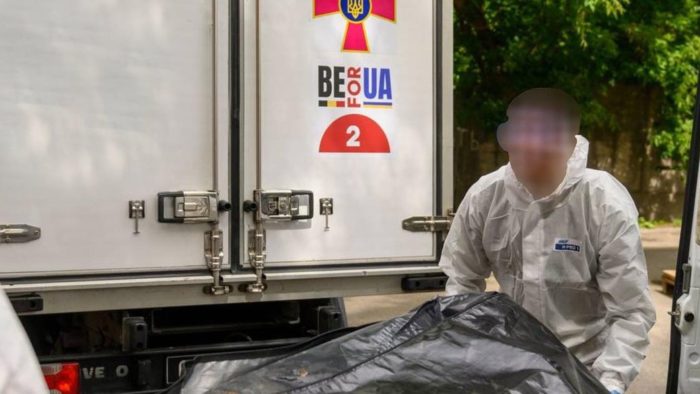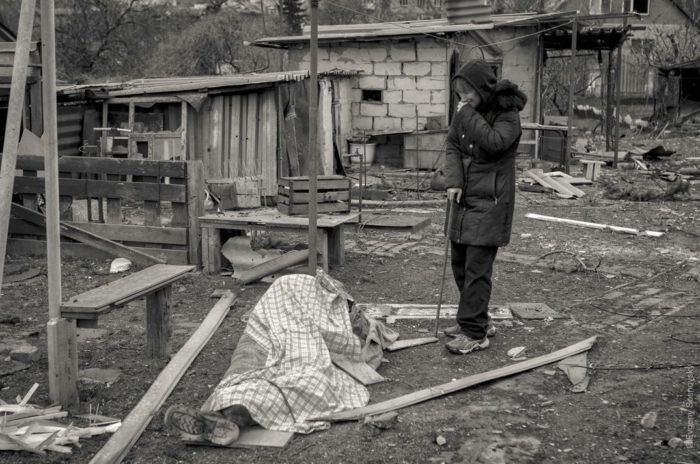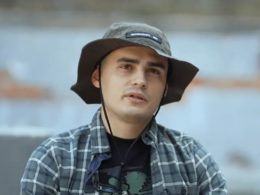Escaping from the siege
Oleksandr Khaliavinskyi, a member of the Mariupol city council, was among the thousands of people trapped in the city. He recalls the early days of the invasion when gunfire echoed in the air.
The first battles near the city began on the first day of the invasion, 24 February 2022, while on 28 February, the city was already encircled by Russian troops reaching the west of Mariupol through Crimea. Simultaneously, intensive artillery shelling and air bombardment of the city began.
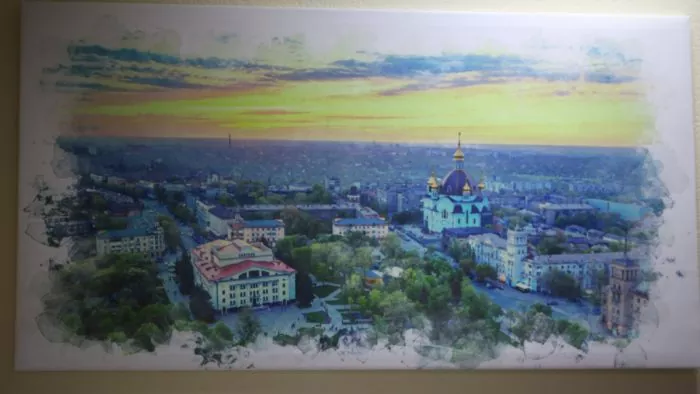
Khaliavinskyi says he and others approached Russian checkpoints around the city, but Russian troops didn’t allow anyone to leave, keeping civilians under siege.
“We tried to conduct an evacuation to help our people leave the city. And when we approached the Russian zero checkpoints, we asked ‘Why you don’t let people out of the city? Bombing, aviation, and artillery work there.’ They replied, ‘We do not have the order to release people from the city of Mariupol,’” Khaliavinskyi recalls.
People’s attempts to leave on their own via alternate routes often led to dire consequences, with vehicles being shot at and civilians killed. Only after intense negotiations and international support, were the doors finally opened on March 13. More than 200,000 Mariupol residents managed to flee to Ukrainian-controlled territories. Nearly the same number were taken by the Russian so-called evacuation to Russia. Some of these people then returned to Ukraine or the European Union through neighboring Estonia.
“When we were leaving the city, we saw a lot of shot cars and dead civilians. It was terrible,” says Khaliavinskyi.
The first “I Mariupol” center in Dnipro united 12,500 people from Mariupol
We spoke to Khaliavinskyi in the central-Ukrainian city of Dnipro in March 2023, a year after his evacuation from Mariupol. He is currently managing the first Ukrainian “I Mariupol” center, which was opened in Dnipro on 27 April 2022, with help from Mariupol Mayor Vadym Boychenko, Donetsk Oblast head Pavlo Kyrylenko, and various donors such as the UNHCR, the UN Refugee Agency. In the following months, 16 more similar centers were opened across Ukraine, providing aid to displaced Mariupol citizens.
The “I Mariupol” center in Dnipro offers a range of services, including humanitarian assistance in the form of food and hygiene products. People can receive one food package, per family, each month. Legal aid is also provided by two lawyers of the center, helping people with lost documents or damaged property claims.
Psychological support is another essential service, particularly for those who recently fled besieged Mariupol. Many residents worked with psychologists who helped them cope with the trauma they experienced. Those who came from Mariupol recently mostly don’t want to talk to the media.
The center offers medical assistance, including free medication, family doctor consultations, and pediatric care. These services are funded by the government and provided free of charge.
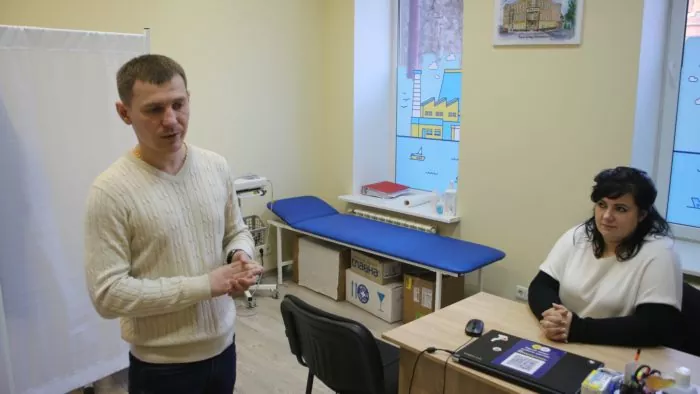
It also features a curator who organizes various educational, cultural, and recreational events for different groups of people, hosted in the center’s co-working space, equipped with a generator to ensure an uninterrupted power supply in case of blackouts. A children’s room, staffed by two caretakers, allows parents to leave their children in a safe and engaging environment.
A recruiter helps people find employment, while other professionals like dentists and hairdressers offer their services at discounted prices for Mariupol refugees.
Importantly, all staff at the center are also people from Mariupol. Khaliavinskyi says that the philosophy of the project is that Mariupol residents work for Mariupol residents. “We understand each other better than anyone else,” he says. And it seems to be working. The center in Dnipro alone has already registered more than 12,500 people from Mariupol and the surrounding areas, with more registering every day. All 17 centers are uniting more than 100,000 Mariupol residents from all over Ukraine.
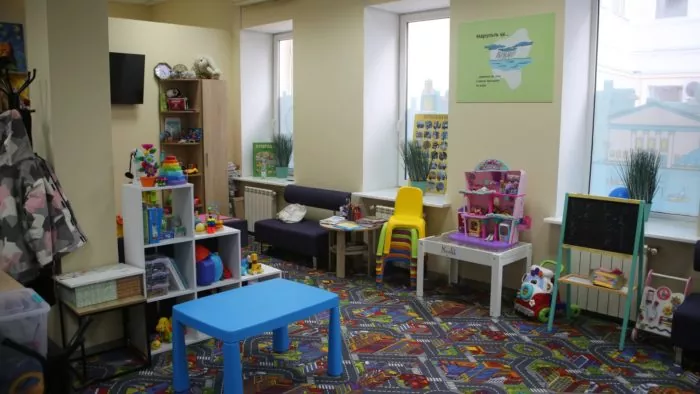
After a year of occupation, Mariupol had all signs of Ukrainian identity erased
During the siege and Russian bombardment, Mariupol suffered extensive damage, with 95 percent of its housing stock destroyed. Russian propaganda claims that the city is being rebuilt. Khaliavinskyi, who has contacts in the city, says that the new homes are hastily constructed, of poor quality, often lacking basic amenities like centralized sewage systems. He says they are constructed mainly on the city’s outskirts, basically on empty fields.
Restored housing in Mariupol is only provided to those who obtain a Russian passport and take a Russian mortgage, Khaliavinskyi says, while Russian military personnel are prioritized for occupancy.
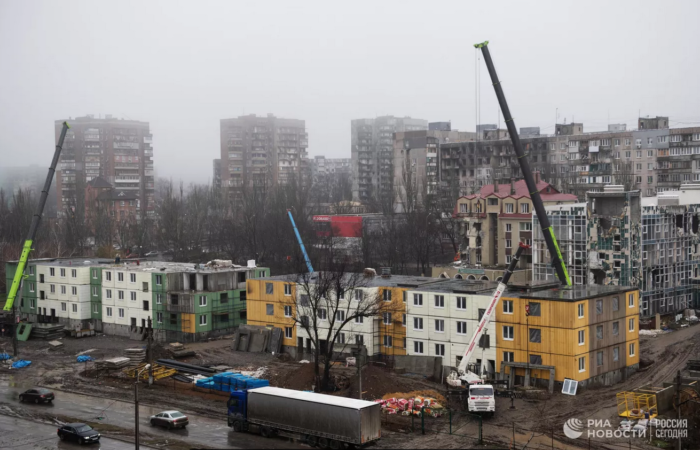
Currently, it is impossible for free media to visit occupied Mariupo. Yet, some video footage gives an idea of everyday life of the city that had a population of 450,000 before the war, and which is now significantly emptied:
City center of occupied by Russia Mariupol in March 2023.
About 100,000 people are currently living in the city where nearly 500,000 lived before the war.
Source: advisor to Mariupol mayor Petro Andriushchenko. https://t.co/Zf3a2hzgz2 pic.twitter.com/MQGHVEHQGa— Euromaidan Press (@EuromaidanPress) March 26, 2023
https://twitter.com/EuromaidanPress/status/1586146545535045633
https://twitter.com/EuromaidanPress/status/1621974051743744000
The situation is further complicated by increased security measures from the Russian occupiers, Khaliavinskyi says. Recently, they set up checkpoints between city districts and sometimes even between neighborhoods, making it difficult for men to leave the city, even to go to Russia.
The compulsory order to obtain Russian passports has forced many to do so in order to receive any social benefits. This has prompted a new wave of refugees from the city, though now, the only option is to travel through Russia and make a long detour via Estonia – a journey that takes around three days and lots of money, which no one in Mariupol currently has. Some Mariupol residents who had no choice but to stay in Russia reported they should return Russian money for their “maintenance” in order to leave the country.
Education is being transitioned to Russian standards, and propaganda is rampant among the remaining residents, primarily through Russian TV.
Despite these hardships, the displaced Mariupol community remains determined to return and rebuild their city. Mariupol’s local government is working on a revival program called “Mariupol Reborn,” outlining the first steps to take once the city is liberated. In the meantime, Mariupol residents are finding solace and support in “I Mariupol” centers. Assistance and support gives hope that the city will eventually recover from war and occupation. As Khaliavinskyi puts it: “We are united by the goal to return to Ukrainian Mariupol, rebuild our city, and we will do it together.”
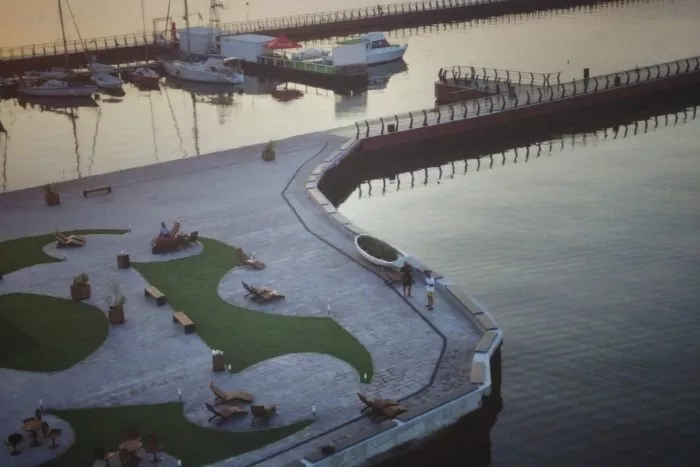
Read more:
- 87,000 killed civilians documented in occupied Mariupol – volunteer
- “The route to life.” How volunteers secretly rescued 75,000 from a city encircled by Russian troops
- Whoever could, fled the Russians. They went back to Irpin to save the rest
- “There are no words to describe that fear.” How I managed to escape the Russian siege alive
- “We can handle it somehow, but what about the children?” Russian missile attack survivor says



